
The United States Naval Observatory (USNO) is a scientific and military facility that produces geopositioning, navigation and timekeeping data for the United States Navy and the United States Department of Defense. Established in 1830 as the Depot of Charts and Instruments, it is one of the oldest scientific agencies in the United States, and remains the country's leading authority for astronomical and timing data for all purposes.

Helen Battles Sawyer Hogg was an American-Canadian astronomer who pioneered research into globular clusters and variable stars. She was the first female president of several astronomical organizations and a scientist when many universities would not award scientific degrees to women. Her scientific advocacy and journalism included astronomy columns in the Toronto Star and the Journal of the Royal Astronomical Society of Canada. She was considered a "great scientist and a gracious person" over a career of sixty years.

William Lassell was an English merchant and astronomer. He is remembered for his improvements to the reflecting telescope and his ensuing discoveries of four planetary satellites.

Aden B. Meinel was an American astronomer. He retired in 1993 as a distinguished scientist at the Jet Propulsion Laboratory. He also held the rank of professor emeritus at the University of Arizona College of Optical Sciences. His research interests have included upper atmospheric physics, glass technology, optical design, instrumentation and space systems.
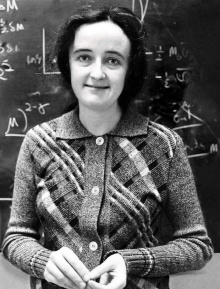
Beatrice Muriel Hill Tinsley was a British-born New Zealand astronomer and cosmologist, and the first female professor of astronomy at Yale University, whose research made fundamental contributions to the astronomical understanding of how galaxies evolve, grow and die.

John Stanley Plaskett was a Canadian astronomer.
Donald Edward Osterbrock was an American astronomer, best known for his work on star formation and on the history of astronomy.
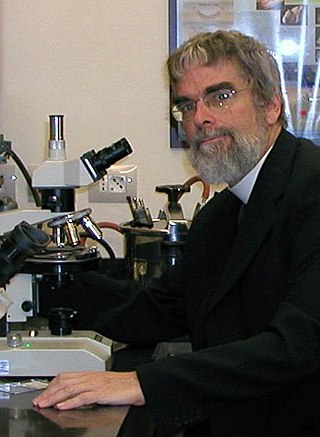
Brother Guy J. Consolmagno, SJ, is an American research astronomer, physicist, religious brother, director of the Vatican Observatory, and President of the Vatican Observatory Foundation.

Leon Mestel was an Australian astronomer and astrophysicist and Emeritus Professor at the University of Sussex. His research interests were in the areas of star formation and structure, especially stellar magnetism and astrophysical magnetohydrodynamics. He was awarded both the Eddington Medal (1993) and the Gold Medal of the Royal Astronomical Society. Following his retirement, he wrote several obituaries and biographical articles on physicists and astrophysicists.
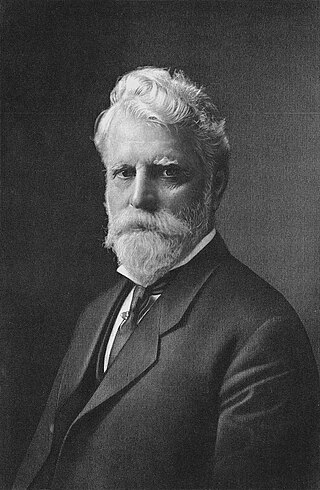
Ambrose Swasey was an American mechanical engineer, inventor, entrepreneur, manager, astronomer, and philanthropist. With Worcester R. Warner he co-founded the Warner & Swasey Company.

Robert P. Kirshner is an American astronomer, Chief Program Officer for Science for the Gordon and Betty Moore Foundation, and the Clownes Research Professor of Science at Harvard University. Kirshner has worked in several areas of astronomy including the physics of supernovae, supernova remnants, the large-scale structure of the cosmos, and the use of supernovae to measure the expansion of the universe.

Hermann Alexander Brück CBE FRSE was a German-born astronomer, who spent the great portion of his career in various positions in Britain and Ireland.

Frank Maine Bateson was a New Zealand astronomer who specialised in the study of variable stars.

Kenneth Charles Freeman is an Australian astronomer and astrophysicist who is currently Duffield Professor of Astronomy in the Research School of Astronomy and Astrophysics at the Mount Stromlo Observatory of the Australian National University in Canberra. He was born in Perth, Western Australia in 1940, studied mathematics and physics at the University of Western Australia, and graduated with first class honours in applied mathematics in 1962. He then went to Cambridge University for postgraduate work in theoretical astrophysics with Leon Mestel and Donald Lynden-Bell, and completed his doctorate in 1965. Following a postdoctoral appointment at the University of Texas with Gérard de Vaucouleurs, and a research fellowship at Trinity College, Cambridge, he returned to Australia in 1967 as a Queen Elizabeth Fellow at Mount Stromlo. Apart from a year in the Kapteyn Institute in Groningen in 1976 and some occasional absences overseas, he has been at Mount Stromlo ever since.
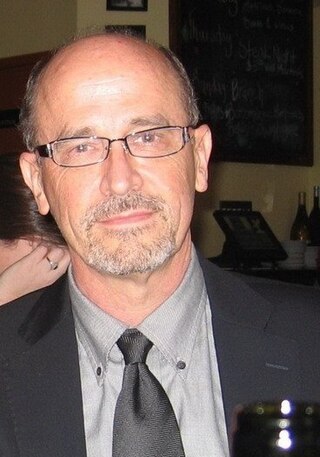
Nicholas B. Suntzeff is an American astronomer and cosmologist. He is a University Distinguished Professor and holds the Mitchell/Heep/Munnerlyn Chair of Observational Astronomy in the Department of Physics & Astronomy at Texas A&M University where he is Director of the Astronomy Program. He is an observational astronomer specializing in cosmology, supernovae, stellar populations, and astronomical instrumentation. With Brian Schmidt he founded the High-z Supernova Search Team, which was honored with the Nobel Prize in Physics in 2011 to Schmidt and Adam Riess.

In 2011, Chile was home to 42% of the world's astronomical infrastructure, consisting principally of telescopes. In 2015, it was estimated that Chile would contain more than 50% of the global astronomical infrastructure by 2030. In the Atacama desert region of northern Chile, the skies are exceptionally clear and dry for more than 300 days of the year. These conditions have attracted the world's scientific community to develop highly ambitious astronomical projects in the Atacama desert.
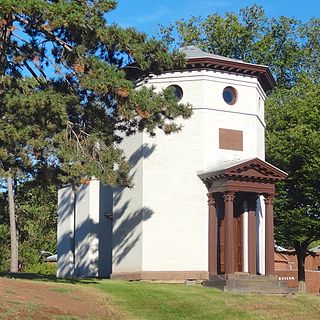
The Daniel S. Schanck Observatory is an historical astronomical observatory on the Queens Campus of Rutgers University in New Brunswick, New Jersey, United States, and is tied for the seventh oldest observatory in the US alongside the Vassar College Observatory. It is located on George Street near the corner with Hamilton Street, opposite the parking lot adjacent to Kirkpatrick Chapel, and to the northeast of Old Queens and Geology Hall.
John Wainwright Evans was an American solar astronomer born in New York City. He spent much of his career studying the sun and working with optics both of which earned him awards. The Evans Solar Facility at Sacramento Peak was named after him. Evans died in a murder–suicide with his wife in 1999.

Joan T. Schmelz is the Associate Director for Science and Public Outreach at the Stratospheric Observatory for Infrared Astronomy (SOFIA) for the Universities Space Research Association (USRA). Previously, Schmelz was the Deputy Director of Arecibo Observatory and the Director of USRA Operations at Arecibo from 2015 through 2018. Before joining USRA, Schmelz was an NSF Program Director in the Astronomical Sciences Division, where she oversaw the Astronomy & Astrophysics Postdoctoral Fellowship program, and a professor of physics at the University of Memphis from 1996 to 2017. Schmelz's research focus is heliophysics, specifically investigating the coronal heating problem as well as the properties and dynamics of the solar atmosphere. She uses spectroscopic and image data in the X-ray and ultraviolet wavelength ranges obtained from NASA satellites and rockets. She has published over 80 refereed scientific journal articles and authored three books.
Christine D. Wilson is a Canadian-American physicist and astronomer, currently a University Distinguished Professor at McMaster University.
















